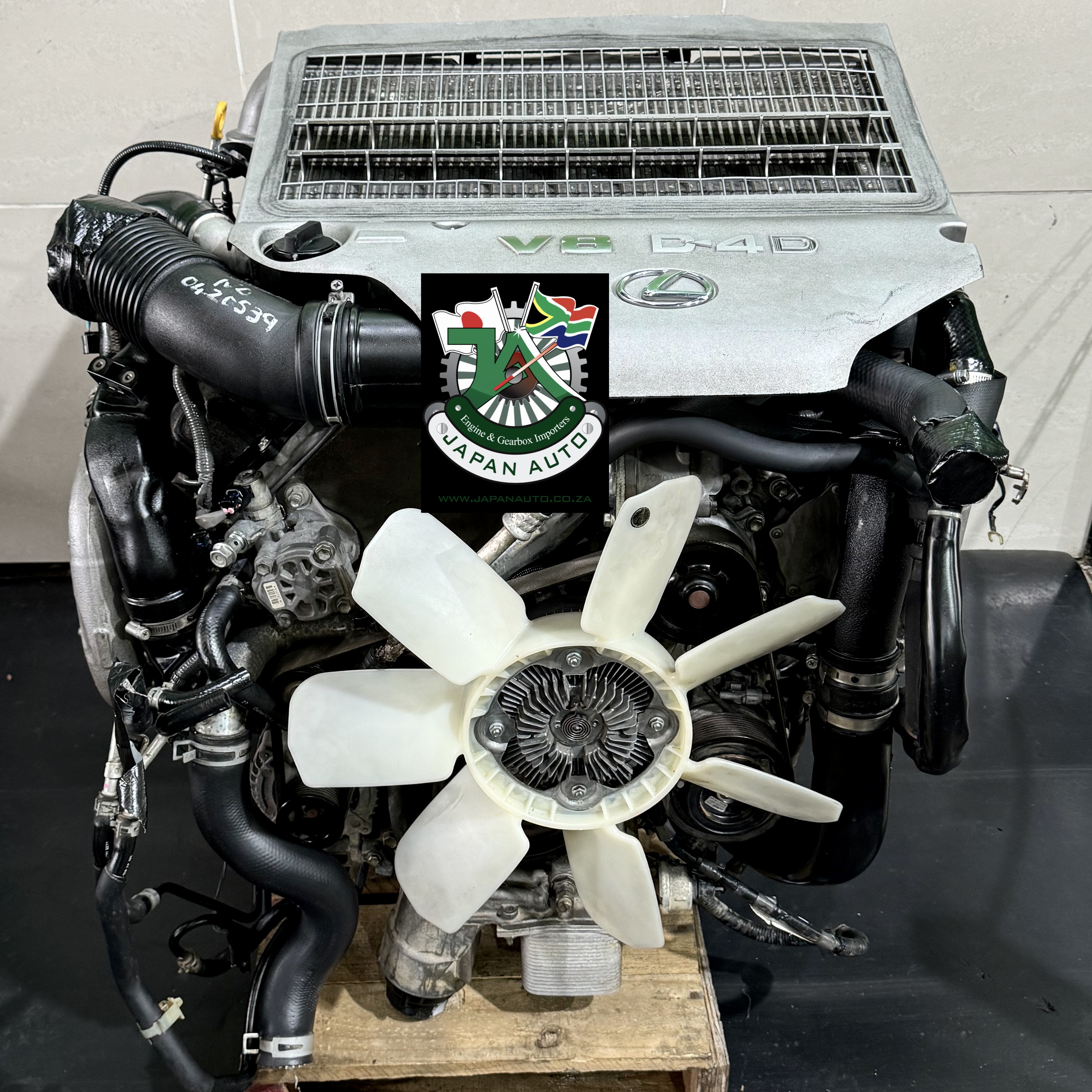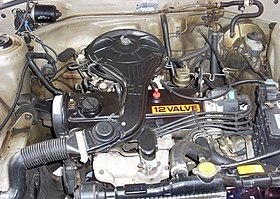Toyota Tazz: A Comprehensive Review of Performance and Comfort
Toyota Tazz: A Comprehensive Review of Performance and Comfort
Blog Article
Explore the most up to date Patterns in Engine Innovation Via Tazz
In the rapidly developing landscape of automobile technology, Tazz stands at the forefront, highlighting substantial improvements in engine systems that focus on both advancement and sustainability. tazz. From crossbreed engines that maximize fuel effectiveness to the emergence of hydrogen fuel cells, the patterns forming modern powertrains are not only improving performance yet also dealing with important ecological obstacles. As the industry proceeds to press limits, it is essential to think about exactly how these developments will certainly influence future transportation solutions and the more comprehensive effects for worldwide power consumption. What lies in advance in this essential transformation?
Crossbreed Engine Innovations
Hybrid engine advancements represent an essential shift in automobile modern technology, combining the benefits of internal burning engines with electrical propulsion systems. This combination not just enhances gas efficiency however additionally decreases exhausts, meeting significantly strict environmental laws. By making use of both power sources, hybrid engines can maximize performance, supplying power when required while preserving gas during less requiring motoring problems.
Recent improvements in crossbreed innovation consist of improvements in battery efficiency and regenerative stopping systems. These technologies enable for greater power recovery throughout deceleration, which can be rerouted to help in velocity or power auxiliary systems. Moreover, producers are concentrating on lightweight materials and compact designs to optimize the effectiveness of hybrid powertrains.
The growth of plug-in crossbreeds has additionally expanded the market, making it possible for chauffeurs to bill their lorries using conventional electric outlets. This attribute commonly enables substantial all-electric array, additional reducing dependence on standard gas. tazz. As the automobile sector proceeds to advance, hybrid engine innovations are anticipated to play a critical function in linking the void between standard vehicles and totally electrical models, supplying a transitional service that deals with varied consumer requirements and choices
Developments in Electric Powertrains
The automotive landscape is swiftly developing, with electrical powertrains arising as a leading force in sustainable transportation. Breakthroughs in electric lorry (EV) technology are significantly improving performance, user, and efficiency experience. Secret advancements consist of enhancements in battery chemistry, which have enhanced energy thickness, reduced billing times, and extended total battery life.
Solid-state batteries, for instance, assure to change the marketplace by supplying greater safety and security and effectiveness contrasted to standard lithium-ion cells. Improvements in regenerative braking systems are enabling automobiles to recover power during slowdown, adding to total performance.
Along with battery innovation, electrical motor layouts are ending up being much more advanced. Advancements such as integrated electric motors and advanced thermal monitoring systems are assisting to enhance power shipment and minimize weight, ultimately boosting lorry dynamics.

Collectively, these advancements underscore the dedication to transition towards cleaner, extra efficient transport options, placing electric powertrains at the leading edge of auto advancement.
The Surge of Hydrogen Gas Cells
Significantly, hydrogen gas cells are acquiring grip as a viable alternative to conventional interior burning engines and battery electric vehicles. This innovation uses the chemical power saved in hydrogen, converting it right into electrical energy via an electrochemical reaction with oxygen. The primary by-product of this process is water, making hydrogen fuel cells an eco friendly choice with zero discharges at the tailpipe.

Car manufacturers are significantly buying hydrogen gas cell innovation, recognizing its possibility for long-range applications and quick refueling capacities that measure up to standard fuels. In addition, fields such as sturdy transport and public transit are particularly well-suited for hydrogen fuel cells, where battery electrical remedies might fail as a result of weight and variety restrictions.
As study and financial investment proceed to broaden, hydrogen gas cells are positioned to play a substantial role in the future landscape of clean transport and energy options.
Enhancements in Internal Combustion Engines
Innovations in internal burning engine (ICE) innovation are transforming typical cars to meet contemporary ecological standards and performance expectations. One of the most substantial improvements entails the assimilation of advanced gas injection systems. These systems optimize the air-fuel blend, boosting burning efficiency and causing decreased exhausts. Straight gas shot, as an example, allows for better atomization of gas, bring about more complete burning and enhanced power outcome.
In addition, turbocharging has actually obtained importance, enabling smaller sized engines to provide higher efficiency without the weight of larger engines - tazz. This innovation not only improves performance yet likewise adds to decrease gas usage. Variable shutoff timing systems are also being improved, enabling engines to adjust to different driving conditions for improved torque and responsiveness
In addition, using lightweight materials in engine building and construction is coming to be typical, further boosting gas performance by lowering total car weight. Engine control units (ECUs) are increasingly sophisticated, allowing real-time changes that maximize efficiency and discharges.
These improvements jointly symbolize an essential change in ICE technology, straightening with worldwide sustainability objectives while still supplying the efficiency chauffeurs anticipate from their automobiles. As the market advances, these improvements proceed to shape the future of conventional automotive design.
Future Trends in Engine Effectiveness
Considerable innovations in engine efficiency are prepared for as producers focus on integrating sophisticated modern technologies to fulfill rigorous environmental laws and consumer demands. The change in the direction of electrification, hybrid systems, and alternate fuels is reshaping the vehicle landscape, driving technologies that boost gas investigate this site economic climate and minimize exhausts.
One of websites the crucial patterns is the application of innovative materials and manufacturing strategies. Lightweight compounds and high-strength alloys add to lowered lorry weight, therefore enhancing total effectiveness. Furthermore, the adoption of turbocharging and variable shutoff timing modern technologies permits for enhanced power outcome from smaller engines, even more improving fuel economy.

Verdict
To conclude, the expedition of engine innovation reveals considerable advancements that prioritize sustainability and performance. Technologies in hybrid engine systems, electrical powertrains, and hydrogen gas cells demonstrate a commitment to reducing emissions while improving efficiency. Improvements in inner burning engines and an emphasis on light-weight materials add to general engine performance. As the automotive industry proceeds to progress, these trends will certainly play a crucial role fit a cleaner and more lasting future for transport.
From hybrid engines that enhance fuel performance to the introduction of hydrogen fuel cells, the fads shaping contemporary powertrains are not just improving efficiency however likewise attending to crucial environmental challenges.Hybrid engine innovations represent an essential change in auto innovation, integrating the advantages of inner combustion engines with electric propulsion systems.In addition, turbocharging has actually gotten prestige, allowing smaller engines to supply greater performance without the weight of larger engines. Furthermore, the fostering of turbocharging and variable shutoff timing technologies allows for boosted power output from smaller engines, look at this website additionally improving gas economic climate.
Enhancements in inner combustion engines and an emphasis on light-weight materials contribute to overall engine efficiency.
Report this page